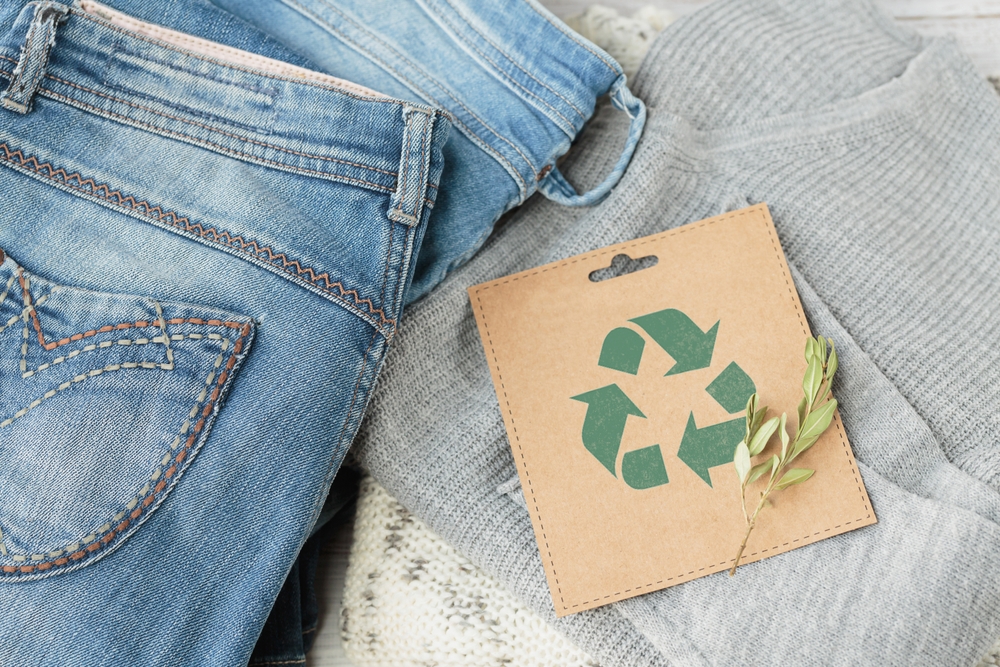

The global fashion industry is a creative, innovative powerhouse, but its supply chains are amongst the most resource-intensive in the world. The balancing act between consumer demand for sustainability and regulatory pressure has turned carbon emission reduction from a moral obligation to a competitive imperative. Sustainable shipping and logistics practices provide a win-win: they reduce environmental impact while optimising supply chain management and reducing costs. There are numerous ways to build a greener future, from sourcing low-impact materials to rethinking transport strategies, embracing circular supply chain models, and partnering with a logistics solution provider.
This article will explore howsustainable logistics practicescan transform a brand’s supply chain, mitigate environmental impact, and position businesses as leaders in a fast-transitioning space.
The fashion supply chain is rife with carbon hotspots from start to finish. First, consider the production of cotton (or synthetic fibres)—it uses vast amounts of water, chemicals, and energy. Manufacturing processes then take the stage where energy consumption is equally high. Transportation worsens the situation as long-distance international shipping relies heavily on fossil fuels, soaring emissions. But it does not stop there: end-of-life fashion waste is another significant issue. According to thestatistics, 92 million tonnes of textiles are discarded annually.
Researchshows the fashion industry is responsible for 3-10% of the world’s greenhouse gas emissions. Cutting emissions is not just about saving the planet (though it is a big part of that); it also offers clear business advantages. Lowering emissions in logistical operations can lead to significant cost savings, boost operational efficiency, and help keep brands ahead of regulatory changes.
Whether by complying with the UN’s regulation of the fashion industry through initiatives such as the Fashion Industry Charter for Climate Actionand theUN Alliance for Sustainable Fashion or simply meeting rising consumer expectations, sustainable logistics makes financial sense. Indeed, it may involve some initial investment, but the long-term rewards are worth it. As it stands, today’s consumers expect brands to walk the walk. If brands are not making these changes, there is a good chance they will get left behind.
Related article: How Global Waste Management is Becoming More Sustainable
Choosing eco-friendly options such as organic cotton or recycled materials such as rPET can significantly reduce emissions. Organic cotton is grown without harmful pesticides, helping the environment and biodiversity. Meanwhile, rPET—made from recycled plastic bottles—has a far lower environmental impact than virgin plastic. Not to mention, locally sourcing materials helps reduce transportation emissions and cuts shipping rates.
Sustainability does not stop at the materials. Innovative brands increasingly use renewable energy sources such as solar and wind to power their manufacturing operations. Waterless dyeing technologies, for example, minimise water usage by up to 90%, unlike traditional dyeing processes.
Furthermore, zero-waste pattern-making and non-toxic dyes make production far more sustainable. This results in fewer emissions, lower costs—including air freight charges—and a much cleaner operation overall.
Optimising logisticsis the most straightforward way to reduce emissions. With improved inventory management and predictive analytics, unnecessary shipments can be minimised, leading to fewer long-haul transports and reduced emissions. Using electric and hybrid vehicles across a brand’s transport network further reduces fossil fuel consumption.
Packaging is another area ripe for change—replacing traditional packaging with biodegradable or recycled alternatives can drastically reduce waste. Evenlast-mile delivery can be made greener with electric vehicles. These simple changes lead to lower emissions, reduced costs, and better efficiency.
Circular fashion is one of the most exciting concepts in the industry right now. Instead of following a traditional ‘take-make-dispose’ model, circularity encourages reusing and recycling. Brands are launching take-back programmes, where consumers can return old items for resale or recycling.
Advances in textile recycling—such as the ability to recycle blended fabrics—mean that materials are given a second life, which further reduces waste. Brands embracing circular fashion reduce their environmental footprint and build stronger relationships with consumers who are increasingly looking for businesses that align with their eco-conscious values.
Related article: The ultimate guide to eco-friendly reverse logistics in fashion e-commerce
Collaboration works, as the saying goes. Partnering with green suppliers andlogistics providers can help you source responsibly and streamline your supply chain to be more sustainable. Building long-term relationships allows for resource sharing and innovation, assisting all partners in reducing their environmental impact together.
AI and IoT can make logistics more sustainable by optimising routes, improving inventory management, and tracking real-time emissions. Blockchain also helps with transparency,allowing you to track CO2 emissions across the supply chain and even turn data into tokens or “carbon credits,” making it easier to offset emissions.
Engaging customers in sustainability efforts can make a big difference. Brands encouraging consumers to join their green initiatives often see increased loyalty and community engagement. Whether through social media campaigns or simply providing information on the carbon footprint of their products, keeping customers informed and involved can significantly enhance a brand’s sustainability efforts.
Sustainability has become a fundamental concern for both consumers and regulators alike. Consumers care about it, regulators demand it, and it is a must-do for fashion brands in shipping and logistics. By collaborating with aprogressive logistics solution provider, brands can streamline operations, reduce their carbon footprint, and enhance overall efficiency.
Embracing eco-friendly logistics and circular supply chain models reduces emissions and strengthens brand loyalty and operational efficiency. Simple changes today—prioritising local sourcing or improving waste management—can have a lasting impact. The secret behind staying ahead in this evolving landscape is acting now and embedding sustainability into the very core of the business model.